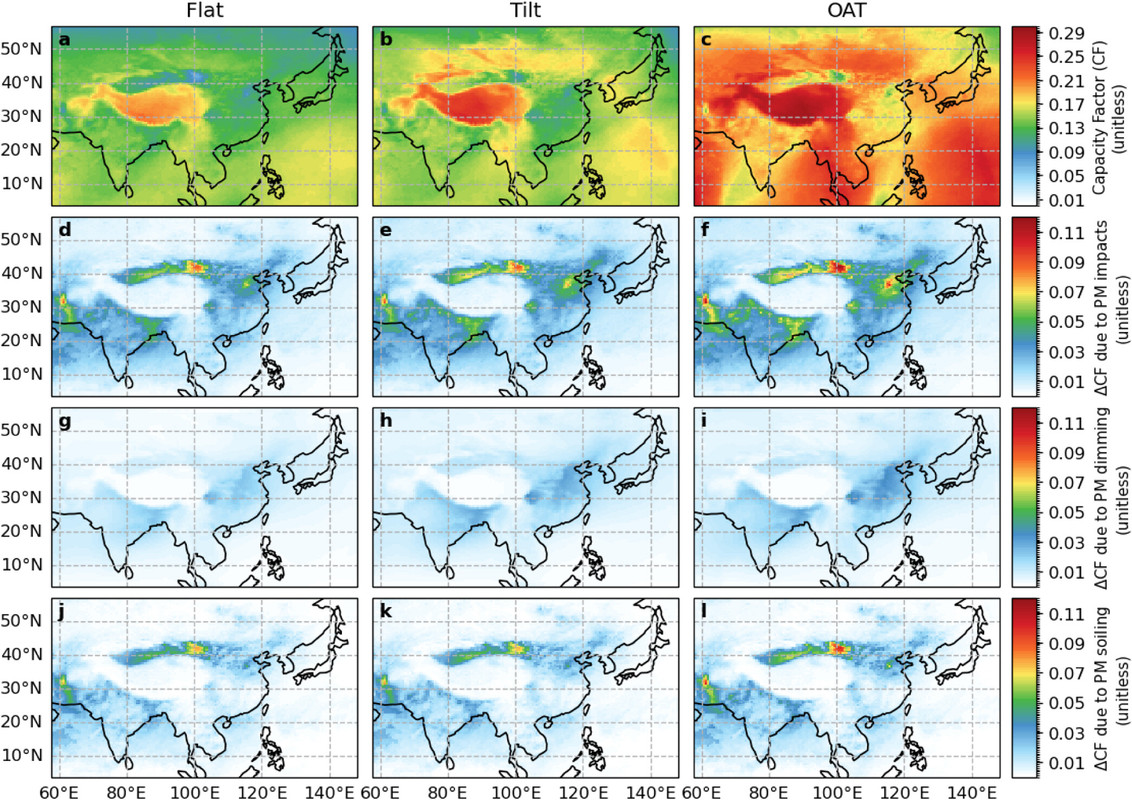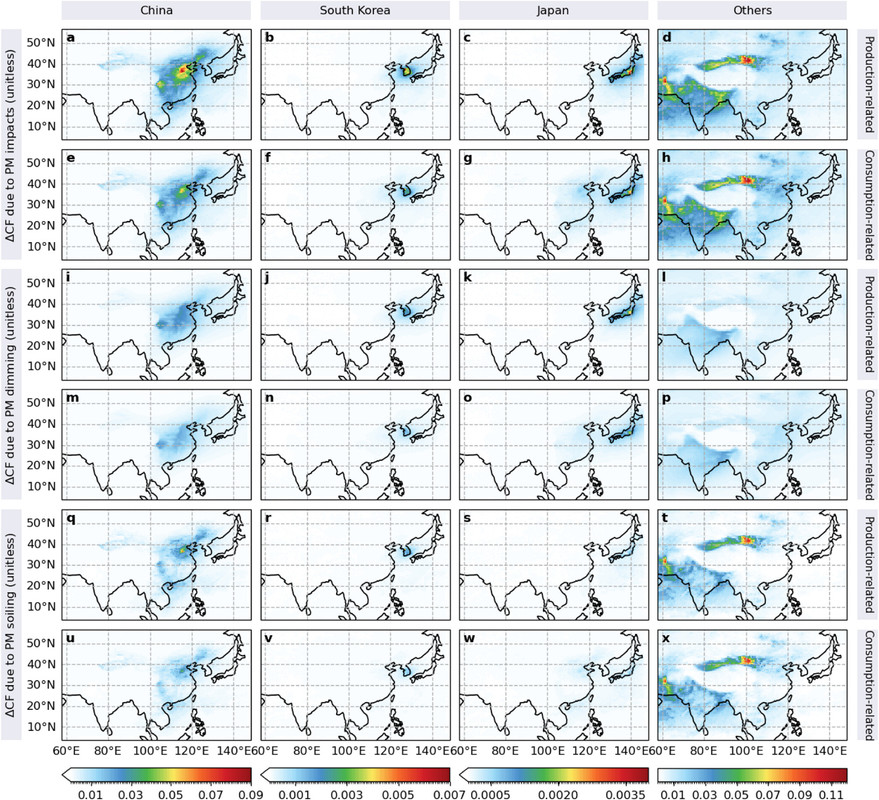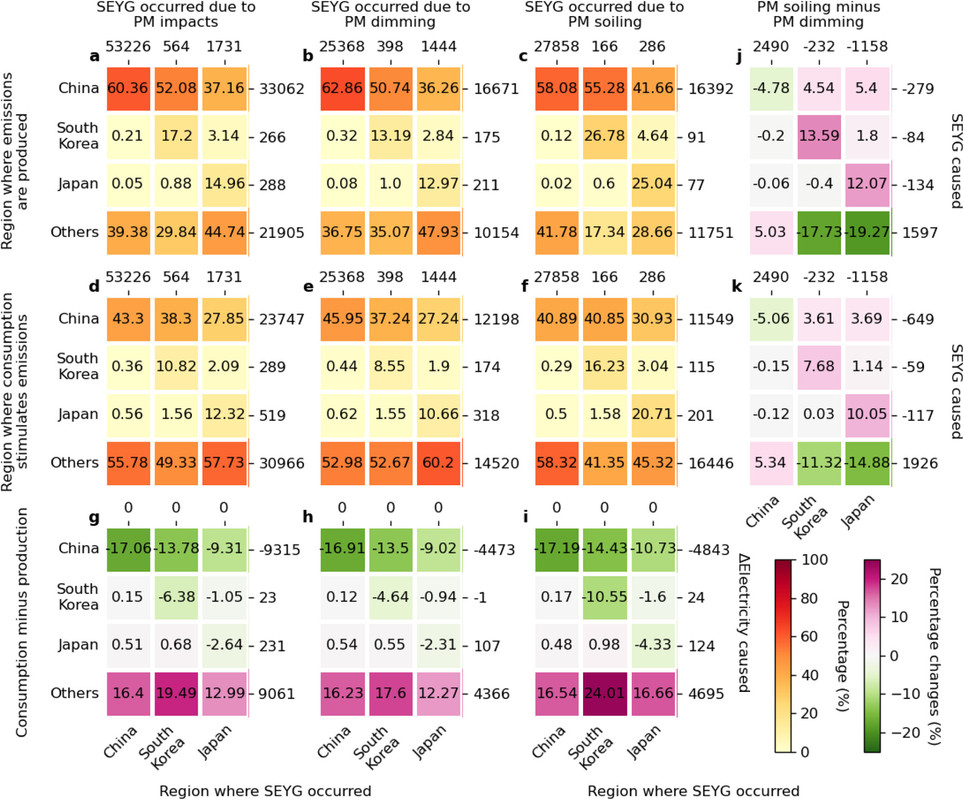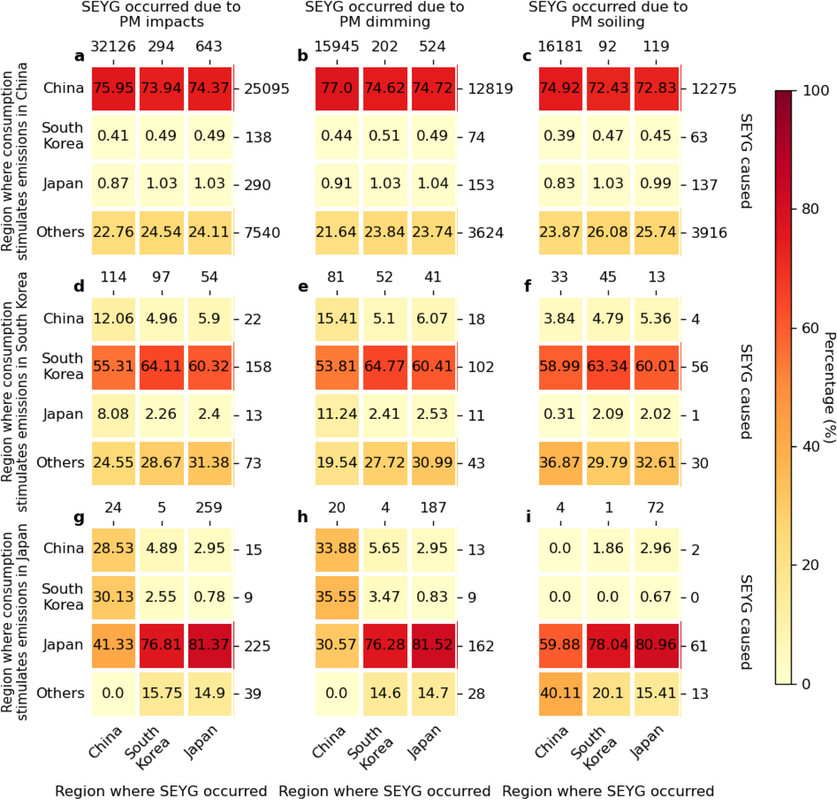Environment & Energy
Related: About this forumThe Effects of Air Pollution on the Output of PV Solar Cells.
The paper I'll briefly discuss in this paper is this one: Attribution of Solar Energy Yield Gaps due to Transboundary Particulate Matter Pollution Associated with Trade across Northeast Asia Fei Yao, Paul I. Palmer, Jianzheng Liu, Hongwen Chen, and Yuan Wang Environmental Science & Technology 2025 59 (29), 15092-15100.
It is my oft stated contention that unreliable energy is by its very nature environmentally, economically, and ethically unacceptable.
In stating this I often refer to the land and material costs, as I am an environmentalist of the John Muir type (which I also repeat often). Unlike the modern members of the Sierra Club, some of whom may even have pictures of John Muir in their offices just as some state capitalists in China may have pictures of Chairman Mao in theirs, I agree with Muir that wilderness should be protected, rather than industrialized for energy production.
However my real problem with the unreliable wind and solar energy that always is subject to rather oblivious cheering here and elsewhere is that it has done absolutely nothing to address the ever more exigent problem of fossil fuel combustion, which, as I often also contend, nuclear energy, and only nuclear energy can do. In stating this, I note that at least in its origins, addressing fossil fuels was never a concern of the people pushing solar and wind energy. Their major concern was to attack nuclear energy. This late in the game, one can still see here people who pay only lip service to being interested in fossil fuels - for instance reporting the latest of what Jim Hansen has published on climate - but if you push them even slightly, launch into diatribes attacking nuclear energy.
It turns out that solar energy in particular, owing to its complete inability to address fossil fuels becomes even more useless (in addressing extreme global heating) because of another fossil fuel waste it is entirely unsuccessful, addressing air pollution. Air pollution kills 7 million people per year and has done so continuously we've spent more than a decade wondering if Fukushima's radiation releases killed anyone. I kid you not.
It also effects - as should be obvious - insolation, this while absorbing infrared radiation and thus driving atmospheric heating.
From the text of the paper:
Really? Air pollution and climate change (aka "extreme global heating" ) affect the supply and demand of so called "renewable energy."
Who knew? Does this mean that depending on the weather to manage the occurrence of extreme weather might not be a good idea?
Again, who knew?
The authors continue:
Northeast Asia (NEA), including China, South Korea, and Japan, is one of the most densely populated regions in the world. As of 2023, it is home to approximately 1.6 billion people, representing approximately 20% of the global population. (15) It includes some of the world’s largest economies, with its combined GDP in 2023 accounting for approximately 24% of global GDP, totaling approximately $39.59 trillion (at 2021 prices), (16) of which approximately 42% is related to trade (exports and imports of goods and services). (17) Driven in part by rapid economic growth, NEA has long been one of the most polluted hotspot regions globally, leading to significant environmental conflicts among China, South Korea, and Japan. (18) To meet the region’s energy demands while mitigating pollution and advancing carbon neutrality goals, NEA is actively developing clean energy technologies, particularly solar energy. As of 2023, the region’s total installed solar PV capacity reached approximately 724.04 GW, contributing to approximately 51% of the global installed solar PV capacity.
Earlier today in this space I noted that the substitution of peak capacity (which so called "renewable energy" almost never reaches, and if it does, does so for a matter of a few minutes), in units of Watts is inherently dishonest. The unit of energy is the Joule, not the Watt. Nevertheless this dishonest practice is widely used, including in the primary scientific literature as we see here.
The capacity utilization of solar energy is rarely greater than 25%; thus 724 "GW" of solar power actually is the equivalent of 118 GW of reliable energy, that is continuous average power, but with the requirement that there be close to 724 GW redundant power, which, despite all the horseshit one sees about batteries and (worse) hydrogen, is almost entirely from fossil fuels.
Indeed the paper contains a graphic of a type one seldom sees (or which I seldom see) giving the geographical distribution in Asia of solar capacity factors:

Figure 2, while showing all of Asia in the maps, actually breaks down the losses in capacity factors owing to air pollution by country.

The caption:
Figure three refers to the difference between two sources of capacity factors, dimming and soiling, the latter being more serious, since it will involve sending a fleet of window washers out to clean all thousands of square kilometers of solar industrial parks.

The caption:
The final figure:

The caption:
I disagree with some of the focus of the concluding remarks, specifically the bolded portion:
To mitigate SEYGs caused by PM pollution, current policy efforts primarily focus on the timely cleaning of panels to remove deposited PM (7) and on reducing anthropogenic emissions through domestic measures. (11) By further linking SEYGs to international trade, our work highlights additional opportunities for addressing SEYGs from a trade-related perspective. These trade-related policies may include, but are not limited to (1) adjustments of border taxes and tariffs to account for SEYGs, similar to current practices on carbon emissions such as the European Union’s Carbon Border Adjustment Mechanism; (2) widening of technical and environmental standards to help reduce domestic and outsourced environmental impacts; (3) transfer of technology to help circumvent avoidable environmental impacts; and (4) interventions aimed at curbing unnecessary, unsustainable consumption. (44)
My objection, of course, is that the "rapid expansion of solar energy production in the region" has nothing to do with achieving carbon neutrality. The intrinsic unreliability and the need for redundancy to deal with issues like the well known issue of "night,"
"clouds," snow, and natural dust storms, not to mention forests burning as a result of extreme global heating can only entrench carbon dependence, not reduce it.
Have a pleasant work week.